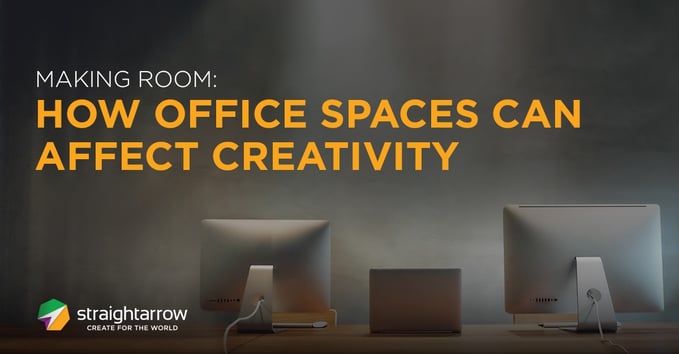
Modern design is guided by the principle that “form follows function.” In office planning, this shows in the ways workspaces are arranged to maximise workers’ output while minimising required resources, especially precious floor space. This has made two familiar workspace schemes all but ubiquitous: labyrinthine warrens of cubicles, with workers isolated to attend ceaselessly to their tasks; and large, shared desks where they sit elbow to elbow, divisions discarded as needless obstacles to efficient communication.
Such designs reflect the principles that guided businesses of their times to success, but companies now navigate a different landscape. With rapidly evolving technology and more diverse clients and customers, companies need the ability to adapt and innovate. In other words, they need creativity: the ability to confront divergent ideas and synthesise them, thus making sense of seemingly paradoxical problems.
What this means for modern companies is that beyond playing a numbers game of how many warm bodies can fit on a cold office floor, workspaces must be designed with the variety of settings and spaces required to foster creativity. This, in turn, allows the company to face apparently incongruous challenges and make sense of them.
Before overhauling the office, it’s important to consider what exactly its occupants need. This varies from case to case, but there are a few starting points in making considerations.
Spaces for Interaction
A good source for new ideas is other people and so, unsurprisingly, interaction is a good way to encourage creativity. In addition to the usual options for planned meetings, like conference rooms, offices should provide spaces that encourage spontaneous meetings among people from different groups.
It may seem self-defeating to plan for spontaneity, but all this means is providing areas where people can encounter each other outside the usual pretenses of meetings or consultations. By putting common, work-unrelated resources—such as water dispensers, vending machines, pantries or bathrooms—between different teams or departments, you can make it more likely for people to encounter coworkers outside their group.
Finally, whichever type of interaction these spaces encourage, they must be visible and easily accessible. In addition to deciding where they are located, consider how they are built: a glass wall does a lot to improve visibility; an open door, to encourage use.
Spaces for Focus
Not all creativity runs on interaction, however, and certain creative processes require that a worker be isolated, allowed to focus fully on the task at hand. As such, spaces dedicated to individual work are just as important as spaces for collaboration. This is especially pronounced in open plan offices, where reduced privacy is the norm.
Critical here is eliminating distractions of all sorts. In terms of construction, this might mean a degree of soundproofing, and small or obscured windows, if any at all. Such spaces should be positioned away from heavy foot traffic to minimise intrusion. It’s also important that all workers understand what those spaces are meant for—after all, a coworker determined to bother you could always find ways.
Unconventional Future
The way a room is furnished suggests how one is to behave in it. The mainstays of office furniture—such as swivel chairs and modular tables— send subtle messages about efficiency and productivity. Well and good for some purposes, but if the whole office is furnished in the same style, don’t expect new ideas to come flying off the shelves.
Using different types of furniture in different spaces can encourage people to likewise change their behaviour, however subtly, when they enter those spaces. Professors at the Stanford Institute of Design, for instance, found that people tended to be more engaged in tasks when standing or sitting upright. Conversely, the more they reclined, the more they inclined to critique. With this in mind, they furnished the rooms in which students did projects with seats that had no backrests. In this way, students could be kept more actively engaged while working.
Ambiguity and Improvisation
Sometimes the best way to encourage creativity is to put people in a situation where they must practice it. Spaces or furniture whose purpose is left intentionally ambiguous will encourage people to set the terms for use on their own, and often this reveals what kinds of space they need most.
Be careful in reading the signs, however. If the space is overwhelmingly used one way, it may be wise to renovate it into a more dedicated space. Conversely, if it’s used almost evenly in different ways, its ambiguity may lend it just the versatility it needs.
Finding a Balance
As with all creative endeavours, designing an office space to support creativity is a matter of bringing opposites together. Spaces for collaboration should be proportionate to spaces for focused individual work. Likewise, furniture should only be varied enough to suit their intended functions—if everything breaks the pattern, there’s hardly a pattern to break.
That said, it’s also a good idea to take inspiration from other companies. Creativity, after all, is about taking two contrasting things and making sense of them—and this includes finding common ground between your company’s culture and another company’s office design. Take a look at what we learned from our tour of Hubspot’s office, for example, and see what ideas you can take from it.
Interested in adding to your company’s creative output? Download our eBook to see how creative process outsourcing can work for you.
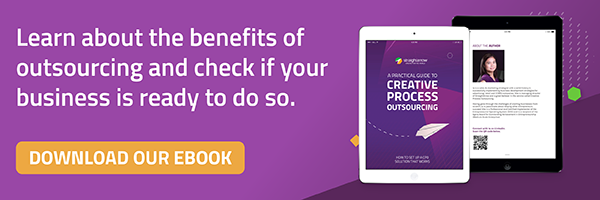






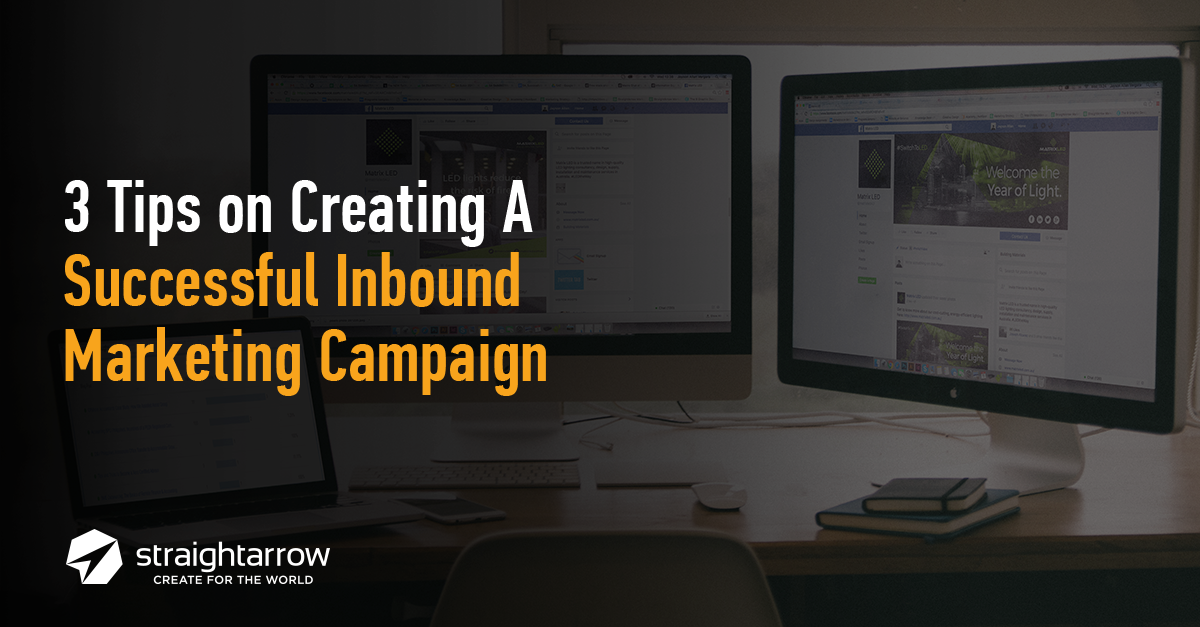
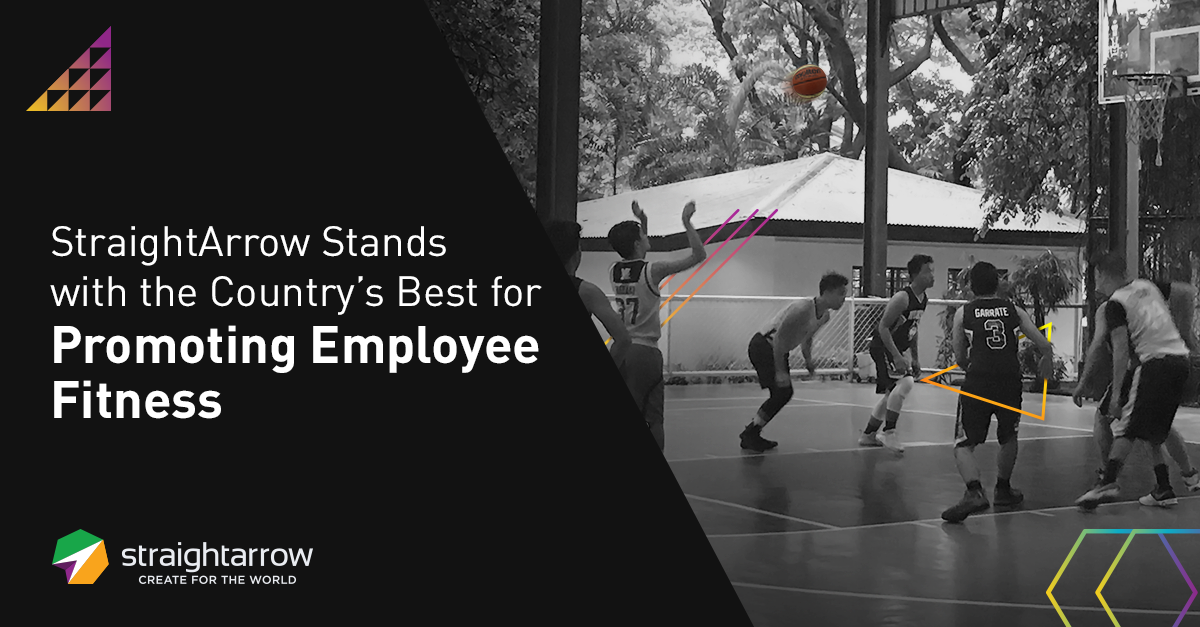
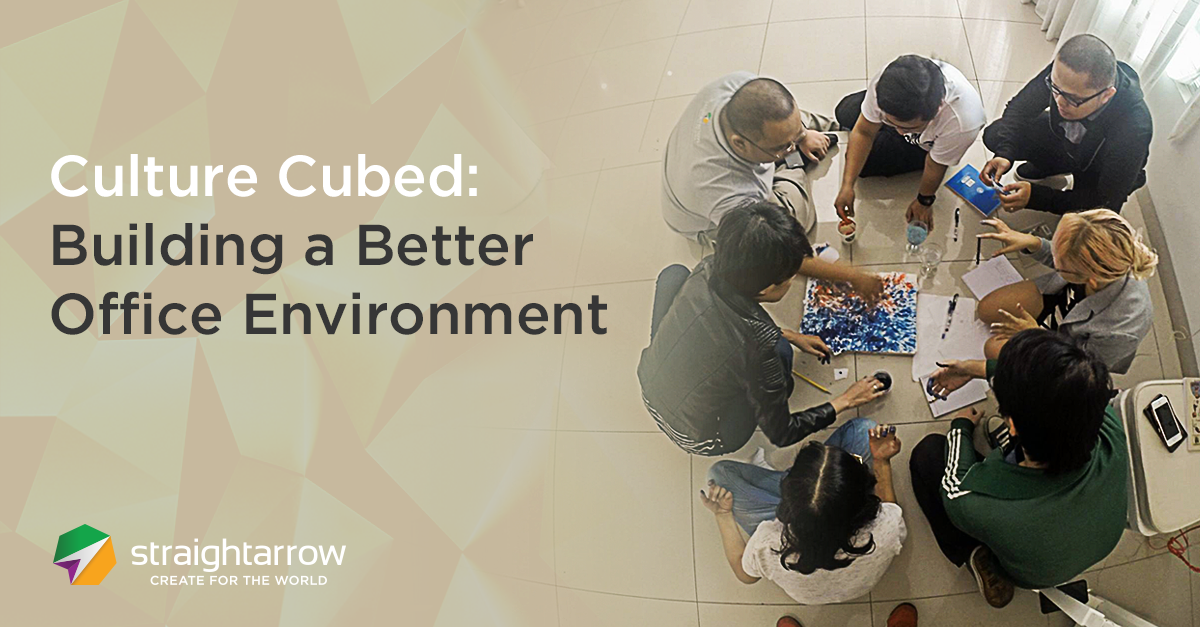

Comments